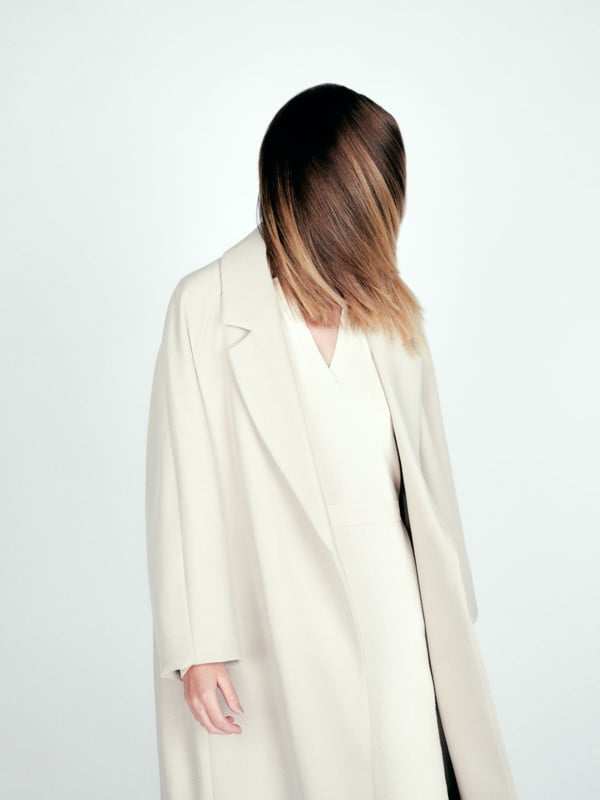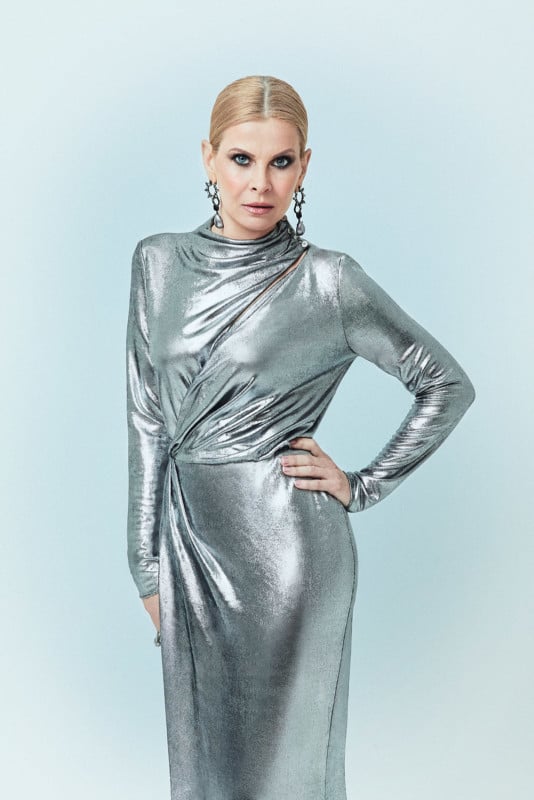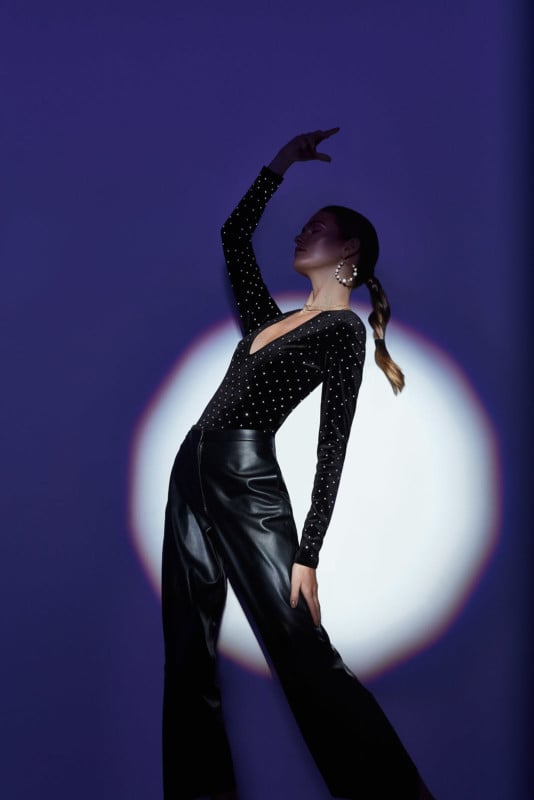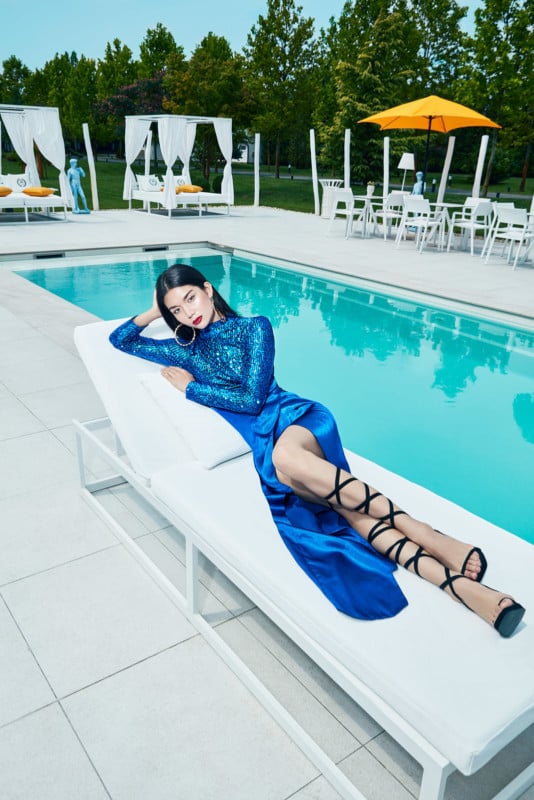![]()
Fashion photography is about, well… fashion. As simple as that sounds, many photographers still get caught up in the technicalities of it without giving too much attention to the subject. In this article, I will go over some of the most common fashion terms that every photographer must know when working with fashion.
Bear in mind that this is only a small portion of what you need to know. As this is a photography-focused publication, these are defined through the lens of photography as much as possible.
Why Is This Relevant for Photographers?
You may wonder what fashion terms have to do with photography. Indeed, this isn’t anything camera-related. Yet, did you start photography because you liked the camera or because you liked what you could photograph with it? The “what” part is crucial but gets lost among the gear-related talk. I encourage you to learn further about whatever genre you may be in!
Without further ado, let us jump right in.
Boho
Short for “bohemian”, this is a free, relaxed, and flowing style popularized by “hippies” in the 1960s and 1970s. It is generally a good idea to highlight movement and flow with fan machines. Light can be used to further bring out the free flow of the design.
Boxy
Defined, box-like edges on a garment. The silhouette of the garment is important as the person wearing it becomes androgynous. A perfect starting point for blending gender boundaries through styling, makeup, and fashion photography.
![]()
Canvas
Generally, an outdoor fabric that is made out of heavy cotton yarn. Great source for texture and detail in your images. Hard light paired with canvas can produce fine detail which grabs attention.
Cashmere
A soft fabric that is very fine and delicate. You can use softness in your image to further highlight cashmere.
Chenille
A soft-feeling but textured fabric that will be a great source for texture. An interesting way to photograph chenille would be by using an even but hard light. That way the deep color, as well as texture, will be visible.
Chiffon
A personal favorite. Slightly rough in texture but colorful fabric great for showing color transitions and rich saturation. A slight shine makes the fabric all the more appealing. There is a danger of having moiré when working with chiffon.
Classic
A style of clothing that is regarded timeless. An example would be a white shirt and black trousers. The eye is used to these styles, which makes it a little more difficult to produce an image powered by styling. Using unusual light, or posing can however compensate.

Makeup: Alice Högberg @som_alice
Styling: Alina Ellstrom @ alinaellstrom
Model: Sanna Bjelm @sannabjelm
Agency: Sweden Models Agency @swedenmodelsagency
Crêpe
A lightweight wrinkled and bumpy fabric. The fine texture is fantastic with a hard contrasted light.
Cruise Wear
Just like yacht rock, it’s smooth and relaxed. If you are working with beach fashion, look no further than cruise wear. Here you may find it beneficial to emulate sunlight or to have a very vibrant color palette.
Eclectic
While not a style, this term refers to wearing clothes that stem from styles that generally don’t go together. Eclectic styling combinations make for very interesting images that capture the viewer’s attention easily.
Edgy
A movement for pushing trends to the limits. An edgy designer might create a corset meant to be worn on top of a dress. I’d suggest being careful with such clothes as sometimes it can get too edgy which can take a negative toll on your overall voice.

Hair @karinajemelyjanova
Make-up @knollmakeup
Model @rekafedra /@facemodelmanagementhungary
First assistant @seloua_benkaid_kasbah
Retouch @retouchconcept
Ensemble
Another term for describing the complete outfit. Consider the geometry, color, and pattern in each ensemble and build your light around the ensemble.
Fashion-forward
A style that is a few seasons ahead of its time. Generally, photographers tend to avoid it as it makes their work look outdated. Nonetheless, having a few fashion-forward images can do a lot toward making tour work appear more unique.
Georgette
Not to be confused with chiffon, georgette is thicker and heavier. It won’t transmit light as well as chiffon. Nonetheless, it is still a very similar feel so you can use similar light for georgette as you do for chiffon.
Glam
Bright flashy and shiny clothes. The 90s were particularly known for glam looks which are making a comeback now. When working with glam take extra care of the reflections and explore things such as star filters to further bring out the flashiness.
Haute Couture
French for “high sewing,” this means high fashion. Individually made high-end pieces that exist in a single quantity. A favorite among many photographers.
Hemline
Botton edge of a dress, or any other element of clothing. As the model moves, you can observe the hemlines to explore motion, or static in your photograph.
In Vogue
If it’s trendy it’s in vogue. In-vogue clothing tends to fall out of fashion as fast as it becomes trendy. As far as editorial goes, these are the most time-sensitive pieces to photograph.
Iridescent
When the garment changes shade or color as it interacts with different light. Go unusual and try to bring out this iridescence. Chiffon or sequin are great examples of this.

Styling @nagyemesestylist
Model @polgar_tunde_official
Agency @silverchicmodels
Assistant @marthonmarcell
Retouch @justlike_magic
Knife Pleat
Sharp folds generally found on skirts. Mixed with hard light create fantastic contrast on the garment.
Ombré
A term describing a color gradient in the dress. A combination of gradated gels can bring out this element of the ensemble.

Hair&Make-up: Fruzsina Hollósi @makeup_by_fruzsinahollosi
Stylist: Richard Demeter @richarddemeter
Stylist assistant : Berta Bagi @bertabagi
Model: Viktoria Lomnasan @victorialomnasan @facemodelmanagementhungary
Location: Le Til Kúria @letilkuria
First Assistant : Seloua Benkaid Kasbah @seloua_benkaid_kasbah
Post-Production: Zahar @justlike_magic
On-trend
Similar to in vogue, but refers to a larger general trend, such as torn sweatshirts in the 1980s. The more observant photographers will watch out for these and include relevant images in their book.
Punk
Just like the music, it involves a lot of leather, torn fabric, and chains. A front flash will further bring out the element of urban roughness to this style.
![]()
Relaxed
Loose hanging, but not oversized clothes. Because they conceal the body, you can explore androgynous motifs within a relaxed style of clothing.
Silhouette
The shape or outline of the garment.

Hair&Makeup: Alice Högberg // @som_alice
Styling: Alina Ellstrom // @Alinaellstrom
Model: Sanna Bjelm // @sannabjelm
Agency: Sweden Models Agency // @swedenmodelsagency
Post-Production: Zahar // @justlike_magic
Silk
A smooth fabric that shines. Due to the rich color, it is often a staple of sophistication and high-end clothing.

Hair&Make-up: Fruzsina Hollósi @makeup_by_fruzsinahollosi
Stylist: Richard Demeter @richarddemeter
Stylist assistant : Berta Bagi @bertabagi
Model: Liu Viktória Jenifer @viktorialiu @facemodelmanagementhungary
Location: Le Til Kúria @letilkuria
First Assistant : Seloua Benkaid Kasbah @seloua_benkaid_kasbah
Post-Production: Zahar @justlike_magic
Sophisticated
High-end pieces. They highlight the wearer’s gender without being cliché about it. A style to be photographed with serious posing, sophisticated set design.
![]()
Sporty
Active, often tight-fitting clothing. The wearer’s silhouette is key. Dynamic posing, with light showing the wearer’s body, is helpful here.
Tailored
High-end clothing made to fit the wearer. It is important to show how perfectly the garment suits. Each detail, curve, and shape must be captured in a way that highlights the perfect fit.
Velvet
A luxury fabric that is often soft. Black velvet is among the hardest fabrics to photograph. It is a good idea to use Parabolic modifiers when working with velvet as then the texture is brought out most efficiently.
Vent
A split allowing for greater movement. Can be used to create motion in your image with a wind machine.
If you would like to suggest a term for inclusion in this list, please get in touch and it will be considered!
No comments:
Post a Comment